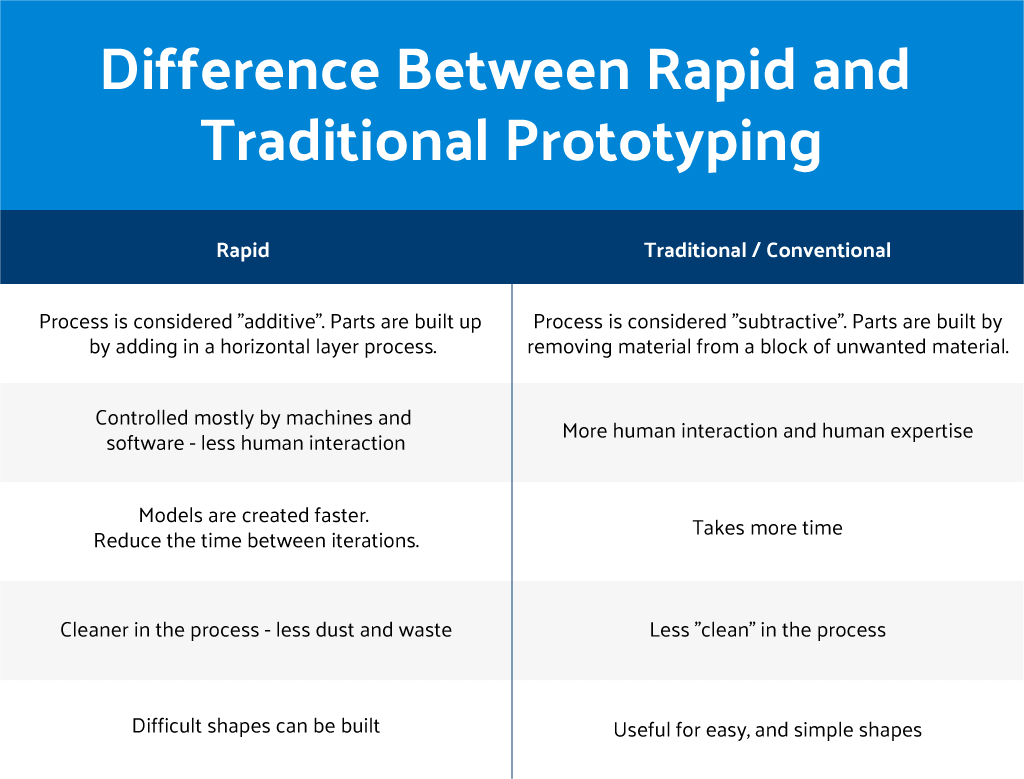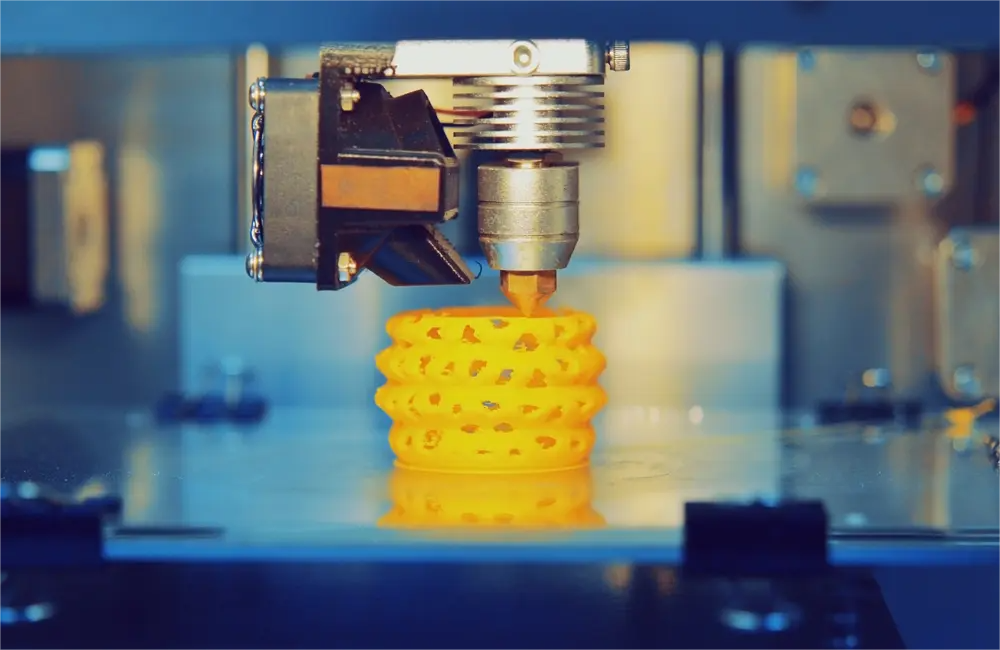- Jan 20, 2024
CNC machining and rapid prototyping are two distinct manufacturing processes that play integral roles in the product development lifecycle. While both contribute to bringing ideas to life, they differ in their approaches, timelines, and applications. In this article, we will explore the differences between CNC machining and rapid prototyping, shedding light on their unique characteristics and the scenarios where each excels.

1. Definition of CNC Machining:
- CNC machining, which stands for Computer Numerical Control machining, is a subtractive manufacturing process. It involves the use of computer-controlled machinery to precisely remove material from a solid block, creating a final product with the desired shape and dimensions.
2. Definition of Rapid Prototyping:
Rapid prototyping is an additive manufacturing process that involves creating physical prototypes layer by layer directly from 3D computer-aided design (CAD) models. This process allows for quick and iterative production of prototypes to test and validate design concepts.
3. Approach to Manufacturing:
CNC Machining:
- Subtractive Process: CNC machining involves cutting away material from a larger block to achieve the desired shape.
- Suitable for Various Materials: CNC machining can handle a wide range of materials, including metals, plastics, and composites.
Rapid Prototyping:
- Additive Process: Rapid prototyping builds up layers of material to create the final product.
- Limited Material Options: While rapid prototyping can work with various materials, the selection may be more limited compared to CNC machining.
4. Speed and Turnaround Time:
CNC Machining:
- Longer Lead Times: CNC machining may require longer lead times due to the precision and complexity of the subtractive process.
- Suitable for Production Runs: While it can be used for prototypes, CNC machining is well-suited for larger production runs.
Rapid Prototyping:
- Shorter Lead Times: Rapid prototyping offers quicker turnaround times, making it ideal for iterative design processes and quick product iterations.
- Prototyping Focus: Primarily used for creating prototypes for design validation and testing.
5. Cost Considerations:
CNC Machining:
- Higher Initial Costs: CNC machining may have higher initial setup costs due to tooling and machinery requirements.
- Economical for Larger Runs: Becomes more cost-effective for larger production quantities.
Rapid Prototyping:
- Lower Initial Costs: Rapid prototyping can have lower initial costs, especially for small-batch or single-piece production.
- Economical for Prototyping: Ideal for cost-effective prototyping and iterating designs before committing to large-scale production.
6. Precision and Surface Finish:
CNC Machining:
- High Precision: CNC machining offers high precision and accuracy, making it suitable for intricate and detailed parts.
- Smooth Surface Finish: The subtractive nature of CNC machining often results in a smooth surface finish.
Rapid Prototyping:
- Moderate Precision: Rapid prototyping provides good precision but may not match the level of detail achievable with CNC machining.
- Variable Surface Finish: The surface finish can vary depending on the rapid prototyping technology used.
In summary, CNC machining and rapid prototyping are distinct manufacturing processes with their own advantages and applications. CNC machining is a subtractive process that excels in precision, suitable for larger production runs with longer lead times. On the other hand, rapid prototyping is an additive process known for its quick turnaround times and cost-effective prototyping. The choice between rapid CNC machining and rapid prototyping depends on factors such as project requirements, material considerations, budget constraints, and the desired speed of product development. Both processes, when employed strategically, contribute significantly to the overall success of product design and manufacturing.


